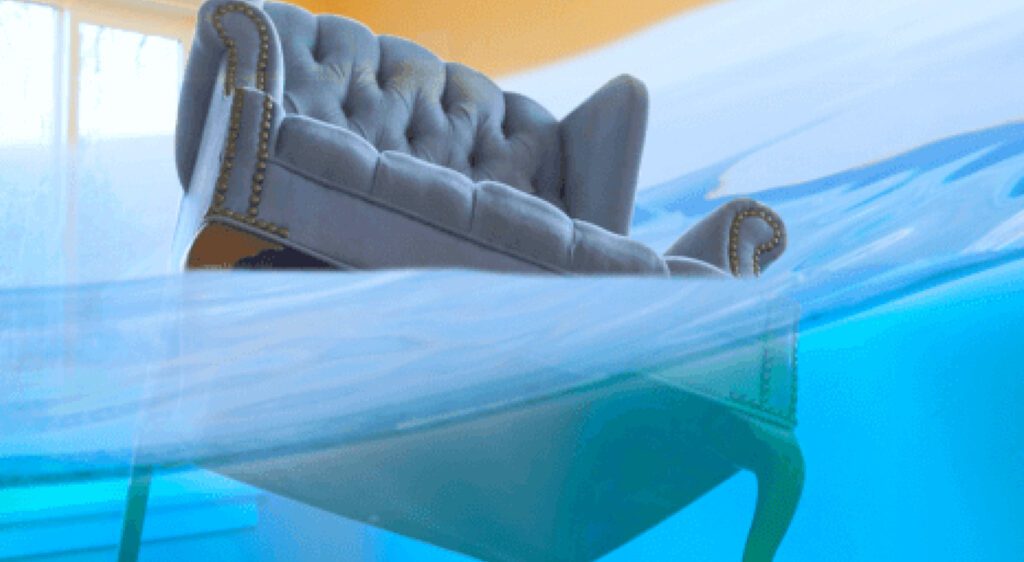Water damage doesn’t discriminate.
Even if you consistently update and maintain your properties, there’s always a chance something can go wrong.
Here are the most common causes for water damage and water emergencies: -Flash flooding from raining or other natural disasters
- Burst Flexi Hoses
- Leaks or bursts due to broken, frozen, corroded, or improperly installed water pipes
- Toilet, tub, and/or sink overflow
- Blocked gutters
- Blocked drains
- Interior or exterior drain blockage
- Sewage backflow
- Roof leaks
- Appliance (washing machine, refrigerator, dishwasher) water link supply leak
- Sprinkler system malfunction
It’s important to remember that a water damage emergency is only ever one moment away.
Water Damage Happens FAST
Without proper preparation and immediate response, a water emergency can quickly turn into a disaster. Water is a destructive force that will seep into every crack and crevice it can find, continuing to damage your property with every passing hour. It is crucial to react to water exposure within the first 24–48 hours.
That’s why you should have a water damage restoration company like Reztor Restoration saved in your phone book.
When water is left unattended or isn’t adequately addressed, severe secondary damage can occur. No matter where the water came from or how seemingly little of it may be, it won’t dry by itself and can threaten your property.
A common misconception about water damage is that once the water source is stopped and you can no longer see (or feel) the water, the damage is also controlled. Unfortunately, that isn’t always true.
You might think that your carpet, walls or floor are dry because they feel dry to the touch, but there is likely still moisture trapped below the surface.
Water can get in hard-to-reach-places like behind trim and baseboards, under the carpet, or even in walls and inside your insulation. Unseen moisture and water will cause structural damage if not adequately dealt with. Plus, health-threatening mould, mildew and bacteria will begin to grow within 24–48 hours of water exposure due to increased moisture levels.
That’s why if you can’t guarantee that every drop of water was eliminated (including from your walls and flooring) and that moisture levels in your property’s structure are normal — your property is at risk!
Water damage isn’t easy to deal with, and restoration shouldn’t be a DIY process. Suppose you’re dealing with a leak, overflow, flood or any other type of water damage situation. In that case, you should call a professional water damage restoration team to assess the situation and properly restore your property.







